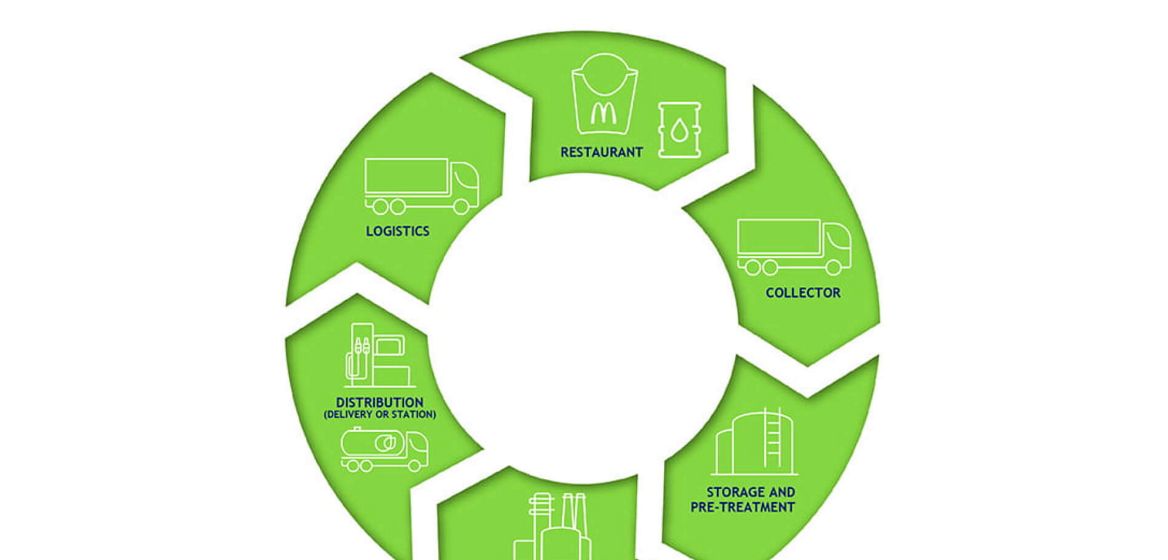Turning used cooking oil into fuel
July 22, 2020
McDonald’s Editors | UK, Switzerland and the Netherlands
Recycling our used cooking oil is common practice across many of our markets, however in the UK, Switzerland and the Netherlands we are working to close the loop and create a circular solution for cooking oil.
We’re bringing circular solutions to life.
At McDonald’s we want to use our global scale to help accelerate a circular economy, which is a key driver for our packaging and recycling strategy. However, we know that true circularity stretches far beyond just our packaging. We are focused on closing the loop by using more recycled materials in our packaging, restaurants, and facilities – and that includes the cooking oil that we use.
In the Netherlands, we have joined forces with our key supply chain partner, HAVI, and Neste, the world’s leading provider of renewable diesel, to recycle used cooking oil from our French Fries into Neste MY Renewable Diesel™. In the true spirit of circularity this renewable fuel will then be used in HAVI trucks, which will deliver products back to McDonald’s restaurants. This project will enable us to reduce our greenhouse gas emissions within logistics by up to 90%* over the fuel’s life cycle compared to fossil diesel and promote cleaner transport.
In 2021 alone, McDonald’s in the Netherlands processed nearly 1,000 tons of used cooking oil into renewable biodiesel oil.
We are running a similar initiative in the UK, converting our used cooking oil into biodiesel through Olleco, a renewable fuel provider. This goes to our transport provider, Martin Brower, to help fuel delivery trucks, which backhaul food waste from our kitchens. And it doesn’t stop there. This food waste is converted by Olleco into gas and electricity, some of which is supplied to the neighboring Arla dairy, which supplies all of our organic milk in the UK. The milk they produce, along with other supplies, are delivered to restaurants by the biodiesel-fueled trucks. The circle continues.
We’re constantly looking for new ways to drive a circular economy and, as part of packaging and recycling strategy, are focused on finding a wide range of initiatives to reduce our use of packaging, switch to more sustainable materials and help our customers to recycle.
Find more examples of how we’re driving a circular economy here.
*) The method used to calculate life cycle emissions and emission reduction complies with the EU Renewable Energy Directive (2009/28/EC).

